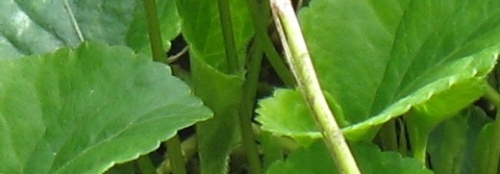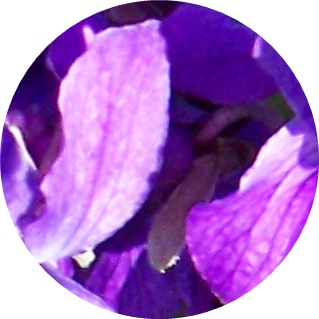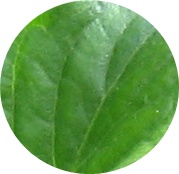In the Great Victoria we a blessed to have many parks and rural areas which we can explore, often the nearest ones are the places that are overlooked. I had been to Dominion Brook Park near where I live several times with my sister and her son to play and explore the large safe. It was only later when I took my father to see the park that I realized what interesting plants were there. In reading about the history of the park this is not surprising. It has one of the oldest plant collections in the area. It dates back to 1913 when it was established by the then Canadian Department of Agriculture as a demonstration arboretum and ornamental garden for the public to enjoy.

Dominion Brook Park in North Saanich.
Dominion Brook Park still has significant collections of conifers, Hollies, Camellia and Rhododendrons which were imported from some of the most famous nurseries in the world. If you go to the park at this time and look across the main pond you will be surprised to see a fiery red Rhododendron blooming and sometimes reflected in the still water. This is one of the original Rhododendron which was brought from Arnold Arboretum by Ernest ‘Chinese’ Wilson to give to the new park. The red Rhododendron strillgilosum is one of the species he discovered in his plant collecting trips in China which he became famous for.

Brillant Red Blossoms of Rhododendron strigillosum.

Rhododendron strillgilosum overlooking the pond at Dominion Brook Park.
Rhododendron strigillosum is a dramatic sight to behold at this time of the year and is a break from all the yellows, whites and other pastel colors that seem to dominate now. The red coloring stands out from the other early blooming rhododendrons such as sutcheunense(pink), dauricum(mauve) and moupinense(white to pale pink). the species is not too common to find and you will have to look in an specialty garden or collection. What is common are the hybrids from this strigillosum which bear definite resemblance to the parent and several have become famous in their own right. Etta Burrow, Grace Seabrook, Malahat, and Taurus are but a few which are commonly seen in gardens in this area.

Rhododendron strigillosum is Loaded with Blooms.
Rhododendron stigillosum is easy to recognize as is a large rounded shrub or small tree which can grow to 25ft in a suitable location. It has long elliptical leaves with edges that are often rolled under. Looking more closely at the leaves, bristles which are reddish are seen coating it. These bristles are most noticeable on new growth as well as on the branches. This plant is found in the provinces of Sichaun and Yunnan, China at 7 to 11,00 ft( 2100-3400 m). It was introduced to Arnold Arboretum by E.H. Wilson in 1904. It was award an AM (Award of Merit) in 1925.

Rhododendron strigillosum in Finnerty Gardens.
Rhododendron strigillosum and it’s hybrids are all easy to grow. Like all rhodos’ they like rich well drained soil with some extra organic material added early each year. Rhododendrons are shallow rooted therefore it is especially important that they are watered throughout the year. Next years flower buds are being set in late summer when we often have an extended dry period, if watering is neglected it will effect blooming the following spring! Rhododendron are usually forest dwellers and show their displeasure at being exposed to too much sun by having yellowed leaves, dappled conditions are prefered. These are fairly hardy plants and tolerate temperatures down to 5-14f (-10 to -15c). for short periods.

'Taurus', one of Rhododendron strigillosums' offspring
Links for Learning More About Rhododendron strigillosum:
A well researched article in the with some great insight into the species. (PDF file) http://www.ubcbotanicalgarden.org/vrs/january2008.pdf
Quick overview of the species. http://www.rhododendron.org/descriptionS_new.asp?ID=175
Dominion Brook Park Homepage:
http://www.northsaanich.ca/Municipal_Hall/Departments/Parks_and_Trails/Parks_Information/Municipal_Parks/Dominion_Brook_Park.htm
Who is Ernest ‘Chinese Wilson and why he is important to us. http://www.plantexplorers.com/explorers/biographies/wilson/ernest-henry-willson.htm
Arnold Arboretum: http://www.arboretum.harvard.edu/
Until we meet again….











































 Stumble It!
Stumble It!






